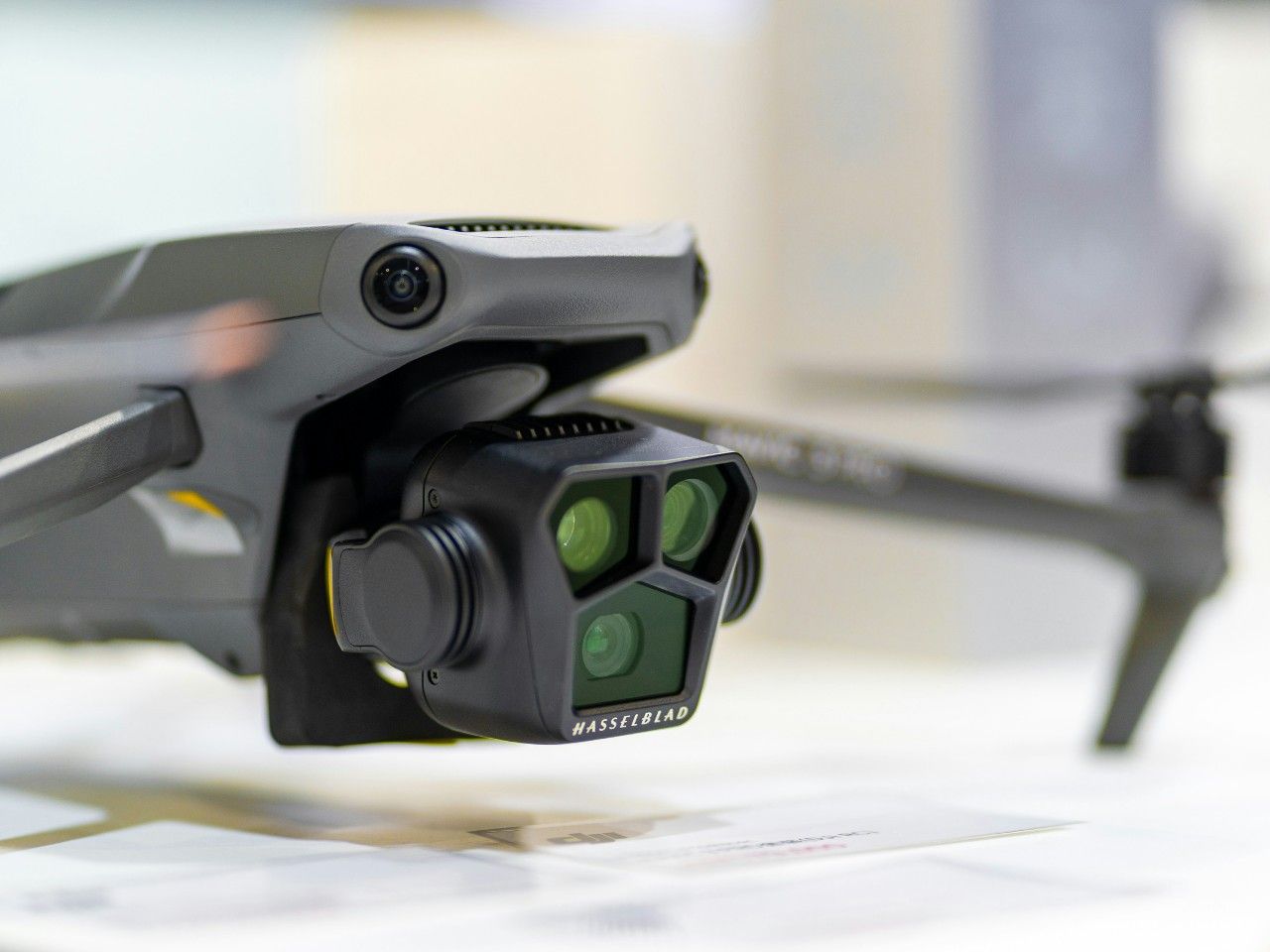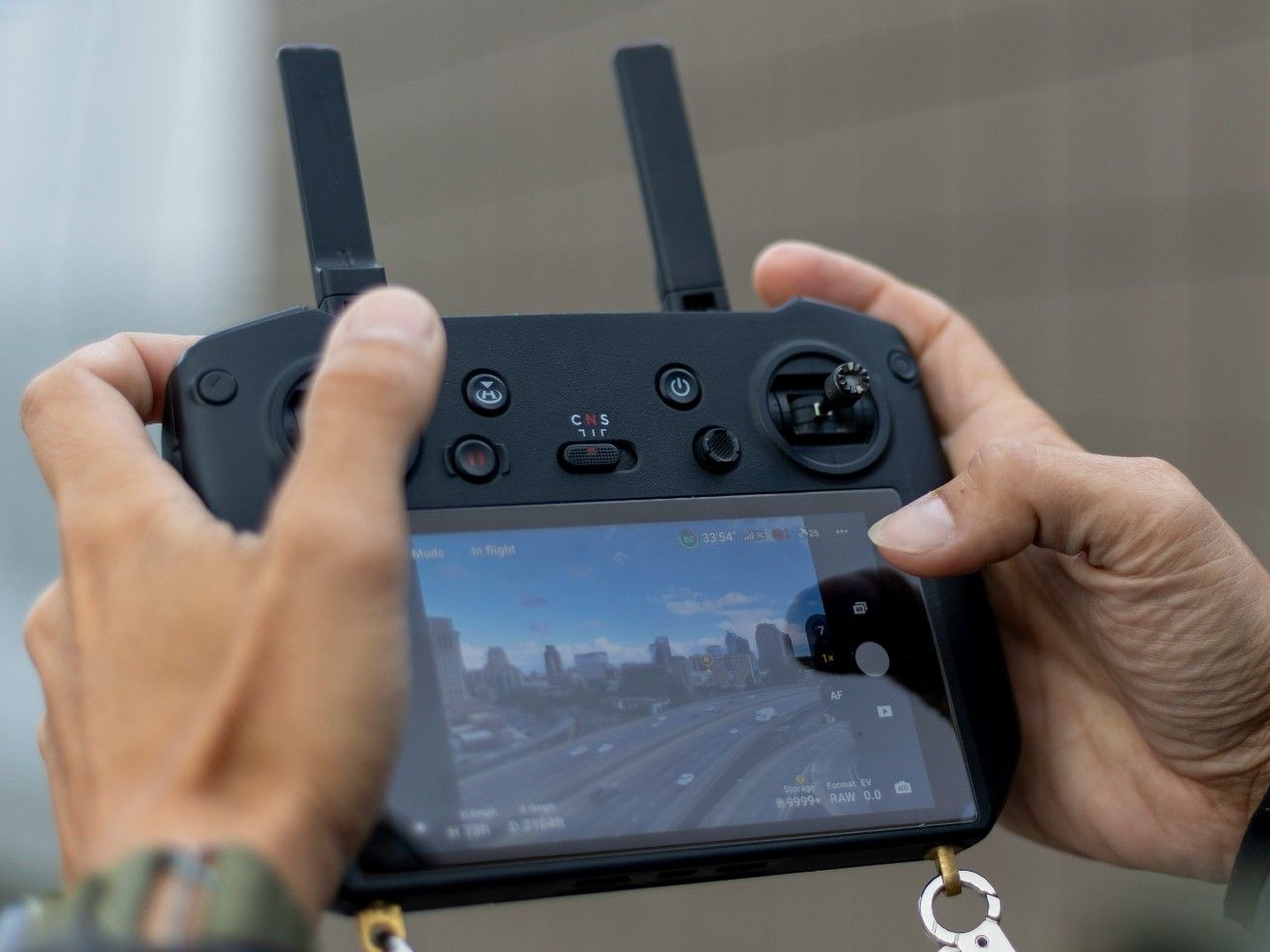
A Chinese-born Canadian man caught using a drone to take over 200 unauthorized photos and videos of the Cape Canaveral Space Force Base in Florida earlier this year — later feigning ignorance about his transgression when interviewed by federal agents — pleaded guilty to charges and was sentenced recently.
And while 71-year-old Xiao Guang Pan of Brampton, Ont., got away with just 12 months probation from a U.S. district court judge in August, his sentencing included a deportation order for violating American espionage laws.
According to his bio on the
Brampton Arts Organization (BAO) website
, the Chinese national, who immigrated to Canada in 2001, is an “enthusiastic drone photographer/videographer” who has visited “almost every American state, 10 countries in Europe, New Zealand and Australia, and has been to nearly all of Canada’s famous scenic locations.”
National Post previously confirmed
with BAO that Pan had been part of a photo exhibition to celebrate Brampton’s 50th birthday last year, but a spokesperson said they’d had no contact with him since, and provided no comment on his U.S. legal troubles.
According to court documents obtained by National Post, Pan entered the U.S. on a tourist visa via the Ambassador Peace Bridge between Ontario and Michigan in early November 2024.
It’s not explained in the documents where Pan was in the following months, but an
operated by someone with the same name and listing the same DJI Mavic 3 Pro drone that Pan was forced to forfeit to U.S. justice officials shared images from Texas on Nov. 20 and Orlando on Dec. 5.
Regardless, officials said Pan had made his way to the Cape Canaveral area in eastern Florida in early 2025.
On Jan. 7, after NASA officials detected drone activity near the Space Force base, local sheriff’s officers found Pan operating the drone in the parking lot at Port Canaveral. After finding out it was his third day of flying and photographing the area, the matter was turned over to federal officials.
“Pan told the agents that he had flown his drone to take pictures of the beauty of nature, the sunrise and the cruise ship port,” reads his June plea agreement. “He stated that he had not seen any launch pads and that he did not know that he was near a military installation.”
A forensic analysis of his equipment and data, however, suggested Pan was well aware of where he was and what he was photographing.
Between the drone and a telephoto lens on a separate camera, officials found 1,919 photos and videos, of which 243 still images and 13 videos “showed military infrastructure” at the Space Force Base.
On his first day, Pan used the telephoto lens from “several miles away” to record two videos and take 21 photos of the base, capturing fuel and munition storage areas and several military and defence contractor assets, including “a Space Launch Complex and payload processing facilities.”
Pan returned on Jan. 6, this time closer to the base, launched his drone and proceeded to take another nine videos and 166 photos of the base “in higher quality and from different angles.”
On the day of his arrest, Pan sent the drone skyward in Class D controlled airspace just outside the base’s restricted airspace border, where he got two more videos and 56 photos of roads, security checkpoints and infrastructure related to power distribution, mission control infrastructure, national security space launch, and the Navy, including a submarine wharf.
A forensic review of his phone also revealed several screenshots of Google Maps satellite overviews of the area with the base name “prominently displayed.”
During his interview, Pan also told agents that he hadn’t received any automated alerts or warnings from the drone on his handset regarding altitude or airspace violations. Again, the data betrayed him, as the device “logged several alerts and sent the operator messages” each day.

According to his plea deal, Pan had been informed that “lying to federal agents is a federal crime.”
Pan was formally charged in February with three counts of using an aircraft for the unlawful photographing of defence installations without authorization. Each count carried a maximum penalty of one year in prison and/or a $100,000 fine, according to federal court records.
Following his arrest, Pan sought permission to return to Canada “for medical treatment” but was denied and was ordered to remain in the Middle District of Florida until proceedings concluded.
Judge Gregory Presnell delivered the sentence on Aug. 12 and Pan has since been returned to Canada by Immigration and Customs Enforcement (ICE) officials.
As part of his deportation, Pan is also barred from re-entering the U.S. without the “express permission” of the government.
National Post has contacted him for comment.
Our website is the place for the latest breaking news, exclusive scoops, longreads and provocative commentary. Please bookmark nationalpost.com and sign up for our daily newsletter, Posted, here.
